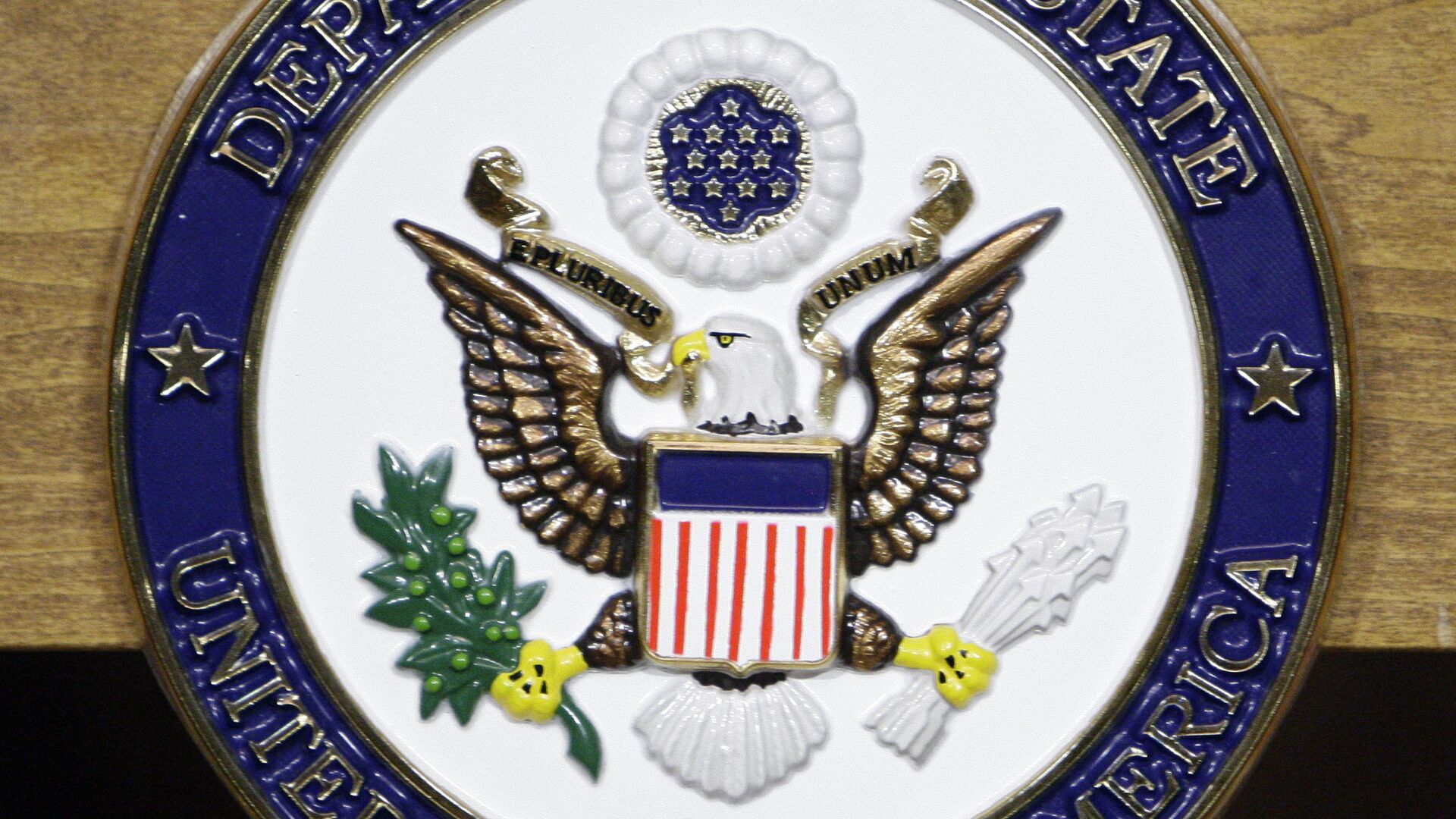What of ‘One China’? US State Dept Deletes ‘Taiwan is Part of China’ From its Website
19:30 GMT 09.05.2022 (Updated: 12:43 GMT 19.06.2023)

© AP Photo / Alex Brandon
Subscribe
The United States has formally recognized the People’s Republic of China’s (PRC) position that Taiwan is an inalienable part of China since the two nations established diplomatic relations in 1979. The Taiwanese government believes the same - except that the country is called the Republic of China (ROC), not the PRC.
The US Department of State seems to have engaged in some selective editing of its website, trimming a section on the history of Washington’s relationship with Taipei to exclude key parts of its position.
As recently as May 3, the page US Relations with Taiwan stated unequivocally that “the United States does not support Taiwan independence,” according to the Wayback Machine, an archival website that stores caches of web pages from specific dates.
Very worrying sign of the direction the US is taking.
— Arnaud Bertrand (@RnaudBertrand) May 8, 2022
The State Dpt removed from their website the fact they recognize that Taiwan is part of China (under PRC gvt) and that they don't support Taiwan independence.
Left: 3rd May. Right: today, 8th May (https://t.co/OxeRgdSq7h) pic.twitter.com/ktlxBGTdoU
However, in recent days the website has been reworked, omitting the statement and bumping information about their “robust unofficial relationship” to the second paragraph from its previous place at the very beginning of the section. Further, the language about the US’ position is now shrouded in diplomatic shibboleths instead of plainly stating that the US does not support Taiwanese independence.
“The United States has a longstanding one China policy, which is guided by the Taiwan Relations Act, the three US-China Joint Communiques, and the Six Assurances,” the website now reads.
All this is true, but is the casual reader likely to know the content of the three Joint Communiques? Previously, the website explained their importance in plain terms:
“The 1979 US-PRC Joint Communique switched diplomatic recognition from Taipei to Beijing. In the Joint Communique, the United States recognized the Government of the People’s Republic of China as the sole legal government of China, acknowledging the Chinese position that there is but one China and Taiwan is part of China. The Joint Communique also stated that the people of the United States will maintain cultural, commercial, and other unofficial relations with the people of Taiwan,” the website previously stated.
Topsy-Turvy US-China Relations
The communiques underpin US-China relations on a very basic level: Beijing does not have relations with countries that do not recognize its claim to be the sole legitimate representative of the Chinese people, meaning that Taiwan is a Chinese province in rebellion that is destined to be reunited with the mainland. Before 1979, the US recognized the ROC in Taipei, not the PRC in Beijing, as the Chinese government, and it took nearly seven years of careful diplomacy to make the 1979 agreement possible.
After 1979, the US continued its support for Taiwan informally via the American Institute in Taiwan and the Taipei Economic and Cultural Representative Office (TECRO) in the United States, which function as their respective unofficial embassies.
The US’ switching of recognition was part of a careful pivot in Cold War diplomacy designed to maximize the effects of the Sino-Soviet split in the early 1960s. Although the Soviet Union and PRC were once brotherly allies and leaders of the socialist world, by the late 1950s competing visions for building socialism emerged in Moscow and Beijing, and their rivalries intensified into divorce; the US sought to make China a friend and further isolate the USSR by becoming Beijing’s newest powerful friend.
Today, however, things have changed. Beginning in late 2017 and early 2018, the White House and Pentagon released a series of strategy documents outlining a shift in US foreign policy away from the War on Terror that had dominated its 21st century policy, and toward what it described as “great power competition” and “inter-state strategic competition” with Russia and China. Washington described the two countries, now once again close partners, as “malign actors” out to overturn the “rules-based international order,” i.e., the US-dominated world that emerged after World War 2, and especially after the end of the Cold War.
Key to that strategy is US support for Taiwan, which it sees as a point of leverage against Beijing. US military and diplomatic support for Taipei has increased sharply since then, working closely with pro-independence President Tsai Ing-wen.
The ROC is all that remains of the republican government that formed in Beijing in 1912, when the last Chinese emperor abdicated the throne. By 1949, however, the ROC government had lost the civil war against communist forces, who captured all of mainland China and founded the socialist PRC in Beijing that year, leaving the republicans with just Taiwan and a few outlying islands under their control. The US had closely supported the ROC and maintained that support until 1979 as the Cold War, an ideological and military confrontation between the capitalist and socialist power blocs, continued.
Despite the US’ modern rhetoric about Taiwanese democracy, martial law and a military dictatorship persisted in Taiwan until 1987. Hundreds of thousands of dissidents were imprisoned or executed, including journalists, communists, and people who supported reunion with the mainland.
